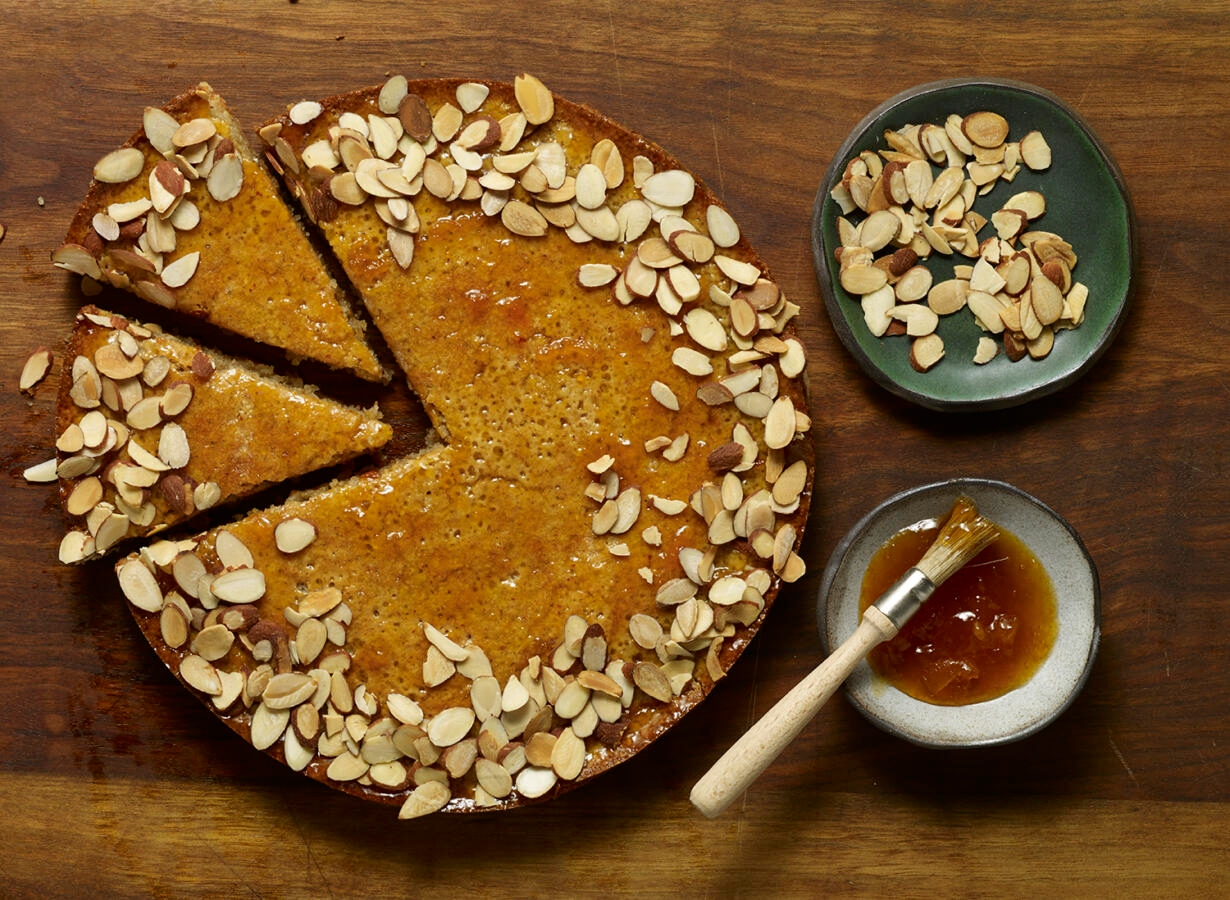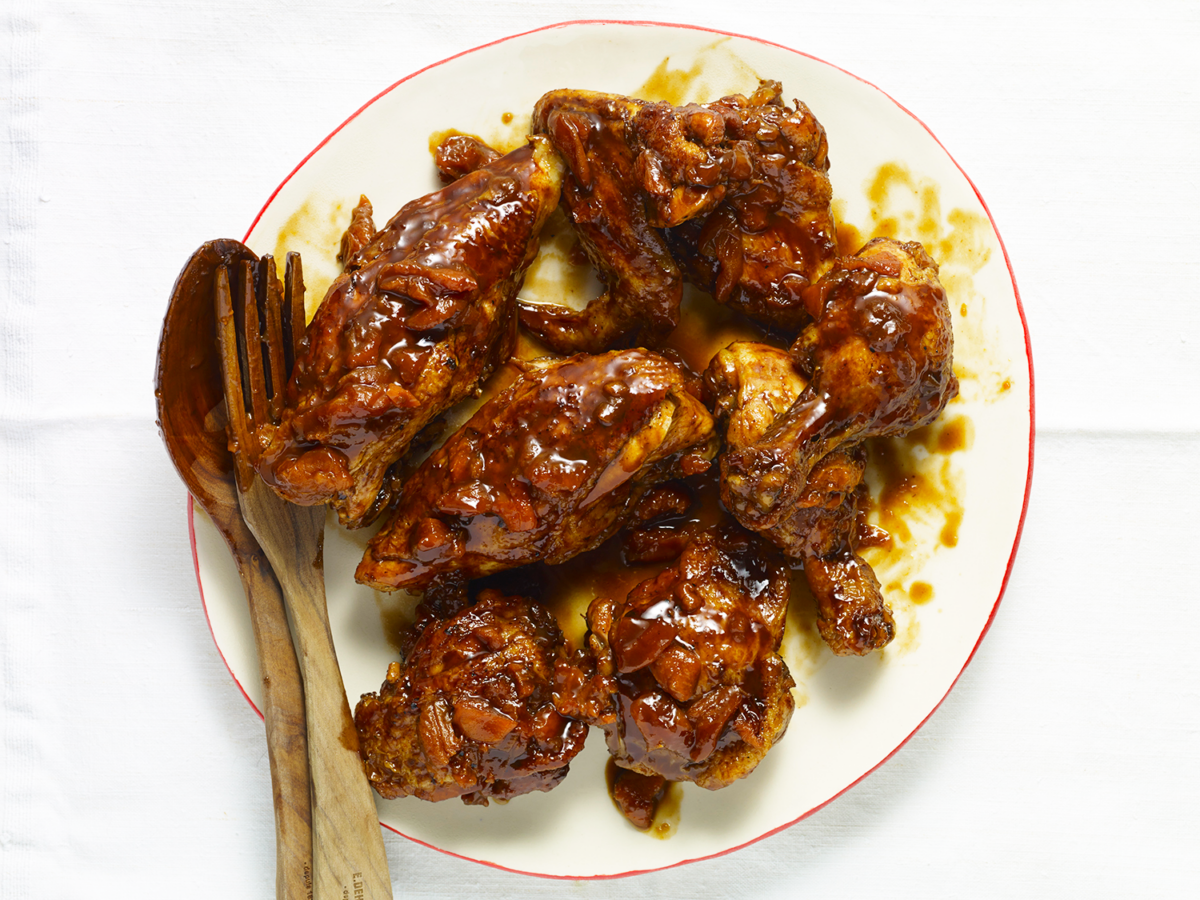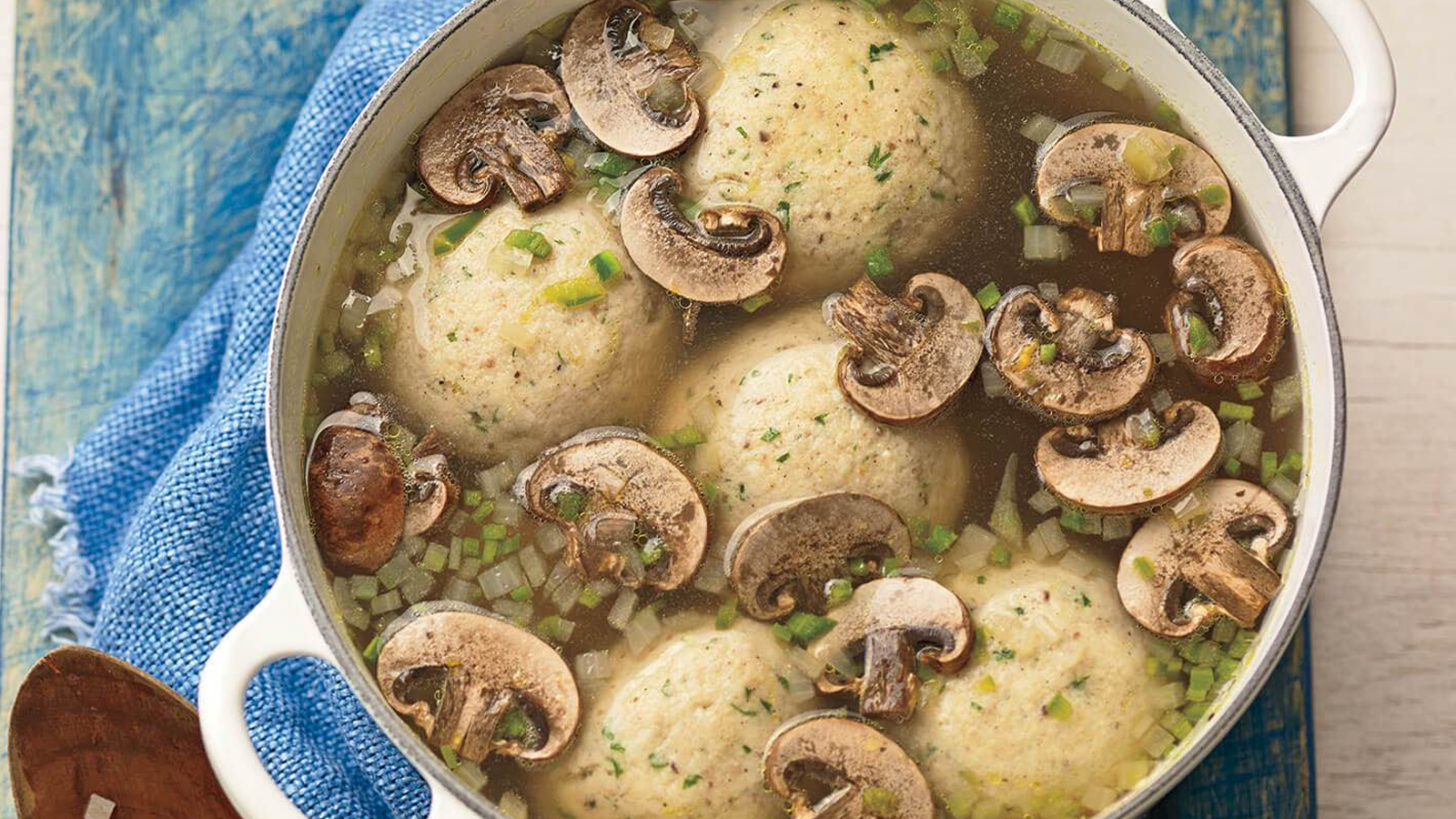At the intersection of Mexico’s vibrant culinary traditions and the history of Jewish immigrants lies an astonishing palette of flavors, ingredients and cooking techniques. The interplay between these culinary worlds has birthed dishes that both challenge and complement our understanding of Mexican and Jewish cuisines, reaching far beyond the typical or stereotypical.
Mexican food is much more varied and extensive than its globally recognized icons: tacos, guacamole, fajitas and burritos. It’s informed by a mosaic of techniques and culinary fusions borne out of its rich history of immigration. The Spaniards introduced ingredients like pork and dairy, while African slaves infused Caribbean flavors. Later, French immigrants integrated their haute cuisine techniques, and the Germans brought in their brewing know-how.
Jewish immigrants set foot on Mexican shores shortly after the Spanish colonization in the 16th century. Many of these settlers, known as conversos, crypto-Jews or silent-Jews, practiced their Jewish faith clandestinely. Yet their culinary imprints are everywhere. Sephardic buñuelos that were traditionally eaten for Hanukkah slowly evolved into crispy dough treats with cheese often eaten for Christmas; Puebla’s iconic sesame-sprinkled pan de semita (a sweet unleavened bread), hints at crypto-Jewish origins and a connection to Passover; and Monterrey’s asado de cabra lechal (oven-roasted baby goat) emerged as a discreet way for Jews to abstain from eating the widely popular roast suckling pig or cochinillo asado.
Today, approximately 40 to 50,000 Jews reside in Mexico, many in Mexico City, which emerged as the Jewish community’s beating heart in the early 1920s. The degree to which Jews embrace local cuisine while preserving traditional foods reflects their complex identity constructions, including occidental (Ashkenazi) and oriental (of Turkish and Arabic heritage) traditions; the latter group includes a large community of Syrian Jews, divided into the Halebis from Aleppo and the Shamis from Damascus.
The Nosher celebrates the traditions and recipes that have brought Jews together for centuries. Donate today to keep The Nosher's stories and recipes accessible to all.

Many Jews have tailored Mexican food to adhere to kashrut (Jewish dietary laws). Thus, pork-based tacos al pastor get a twist with beef or spiced fish. In the upscale neighborhood Lomas de Chapultepec in Mexico City, for instance, Hilario’s kosher street food stand serves everything from hot dogs to laings (shredded or whole taro leaves with meat or seafood) from as early as 4 a.m. Jewish dishes became more “Mexicanized,” adopting spicy condiments and local produce.
“My grandmothers were able to establish roots in Mexico and make it their country. They were able to weave what they brought with them, their cooking methods, knowledge and traditions with what they found in Mexico. The intersection and marriage of Jewish and Mexican culture and cuisine is natural. It’s a joyful, dynamic and very delicious blend,” said Pati Jinich, chef and one of the most important exponents of Jewish-Mexican fusion in the U.S. and Mexico.
“The culinary background of our Jewish people has always been one of blending. Combining flavors from where we came from with those we got wherever we emigrated or took refuge,” added chef Alegre Smeke.
Flavors such as tamarind, cilantro, camote (sweet potato), lime, chili peppers and local varieties of cheese and corn have blended into Mexican Jewish cuisine over the last century, often thanks to the employment of live-in housekeepers, mostly Mexican indigenous women, who take care of the cooking, thus expanding the culinary repertoire of their Jewish employers.
Among the myriad dishes that exemplify culinary amalgamation, the Syrian lachmagin stands out. Originating from Syria as a lamb-topped flatbread, this dish, whose name translates to “dough with meat” in Arabic, journeyed with Syrian Jews to Mexico, where it underwent a remarkable transformation. While the foundation of its filling remains steeped in tradition with lamb and occasionally beef, it now bursts with the fiery addition of various chilies. The addition of cinnamon tempers this heat, and the spiced meat mixture is laid atop special soft flour wafers and folded over like a quesadilla.
“Creating these wafers is a time-consuming process,” writes Paulette Kershenovich, a researcher and academic coordinator at Reichman University.
“For that reason, younger women tend to buy ready-made Mexican flour tortillas, which are larger than corn tortillas, and cut them in half. This not only exemplifies the idea of food fusion but also underscores the culinary assimilation exhibited by the younger generation’s preference for store-bought alternatives over traditional methods.”
Tamarind is another ingredient that is widely used in both sweet and savory Mexican Jewish dishes. Syrian Jews prepare a fish stew cooked with tamarind, tahini, saffron, paprika and lime, sprinkled with parsley or pistachios. Stuffed pumpkins stuffed with ground meat and rice are often spiced with red chilies and cooked in a tamarind sauce with apricots and prunes. And Pati Jinich’s sweet-and-sour chicken with tamarind, apricot and chipotle sauce can be eaten on Shabbat and any Jewish holiday.

But fusion isn’t restricted to savory dishes. Mexican ingredients like membrillo (quince) and piloncillo (unprocessed cane sugar) have been harmoniously incorporated into Jewish desserts like babka or rugelach, and Sephardic Mexican Jews use chilacayotes (a type of squash) and tejocotes (a small orange with black seeds) to make small sweets for the holidays, mostly Passover and Rosh Hashanah.
“The Jewish community has woven itself seamlessly into the rich culinary fabric of Mexico. The result is a beautiful interplay between generations and a bridge connecting two seemingly disparate worlds, which, when it comes to food and family, converge in the most harmonious manner,” said Pati Jinich.
Judeo-Mexican cuisine is about more than just about food. It’s a pivotal element of cultural identity, social cohesion and community growth for Jews in Mexico, who proudly claim their dual identity and remain thankful for the opportunities they found in Latin America. Opportunities which extend beyond shelter and prosperity, but also the freedom to practise Judaism and preserve their age-old traditions.




